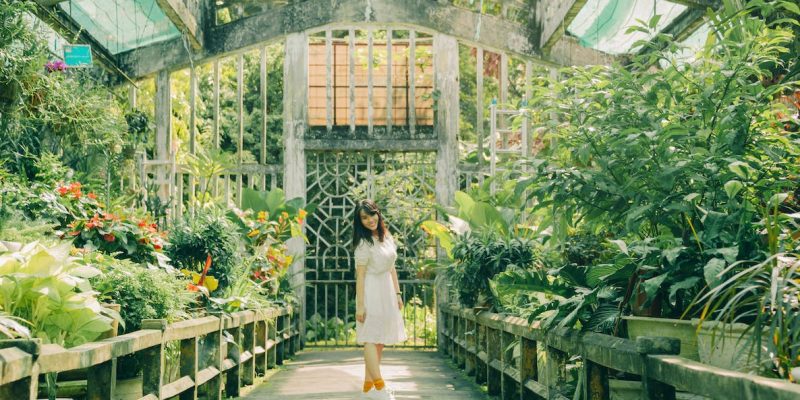Greenhouses are a fantastic way to grow food and get fresh fruit and vegetables all year round. However, if you’re new to the world of greenhouses, it is not unusual to feel that your greenhouse is under-producing.
This is especially true if you’ve passed through a neighbor’s greenhouse just to find it all green and fruitful, perhaps a few times over compared to yours.
Oftentimes, it could be caused by something you’re not doing or something you don’t know, or something you’re overdoing. Luckily, here are 5 simple tips you could borrow to make the most out of your greenhouse.
1. Stay On Top of Watering
Watering greenhouse plants is a common but also important task. A soil that’s too dry can cause problems, such as yellowing and/or loss of leaves. On the other hand, overwatering causes a short rapid bout of growth and loss of leaves.
Whether you’re using a drip irrigation system or an overhead sprinkler, too much or too little water can lead to fungal diseases and other problems such as leaching. These are just some of the many reasons to make sure your greenhouse plants get just the right amount they need for a fruitful harvest each season.
2. Consider Upgrading Ventilation
Proper ventilation could be all that your greenhouse needs to stay healthy and optimally productive. You might not have considered this when building your greenhouse, especially if it was the cold season.
But if it becomes too hot or too cold in the greenhouse, the plants may either succumb to temperature damage or simply won’t grow. A poorly ventilated greenhouse is often dark, humid, and hot inside, possibly even making it challenging to tend to your plants.
One of the ways you can improve ventilation in your greenhouse is to add a second door. This will allow you to ventilate the interior of your greenhouse more evenly. While you’re at it, why not add some windows to allow more natural light and ventilation into your greenhouse?
3. Seal the Roof
Not only does sealing the roof prolong the lifespan of your greenhouse, but it also makes your greenhouse less of a target for pests. A badly damaged roof can result in problems with ventilation, water and air movement, and more.
All of these may impede plant growth and make your greenhouse less productive. If you notice any of these problems, you should immediately fix them, and seal or add insulation to your roof.
4. Use Grow Lights Effectively
Plants need a decent amount of sunlight to grow and reproduce healthily. However, greenhouse plants may not always get sufficient natural light from the sun, especially when grown indoors. If you guessed right, this is where grow lights come into play.
They help extend the growing season or to extend the time between indoor and outdoor gardening.
But even then, grow lights need to be used effectively and efficiently to avoid overwhelming plants with too much light or causing too much heat inside the greenhouse. This is why you should do the following:
- Choose the right wattage for your bulbs
- Position the growing lights strategically
- Invest in lights with auto shut and timer functions
- Get bulbs that mimic sunlight and provide the best spectrum for your plants
5. Consider Insulation Where Needed
If your greenhouse is getting too hot and/or is located in an area that gets a lot of direct sunlight, consider adding insulation to the roof, walls, or some combination of the two.
Insulation is a great way to make your greenhouse more efficient and, therefore, less costly to run. In addition, insulation can make your greenhouse more comfortable in the cooler months.
However, if added insulation causes air movement issues, it could also cause ventilation issues and cause your plants to grow less. If you choose to add insulation, make sure to follow the guidelines provided by your insulation supplier.
And voila! You have yourself some tips that can help maximize the productivity of your greenhouse. Now, it’s time to put those tips into practice and prepare to enjoy the benefits of gardening indoors. All the best!

















